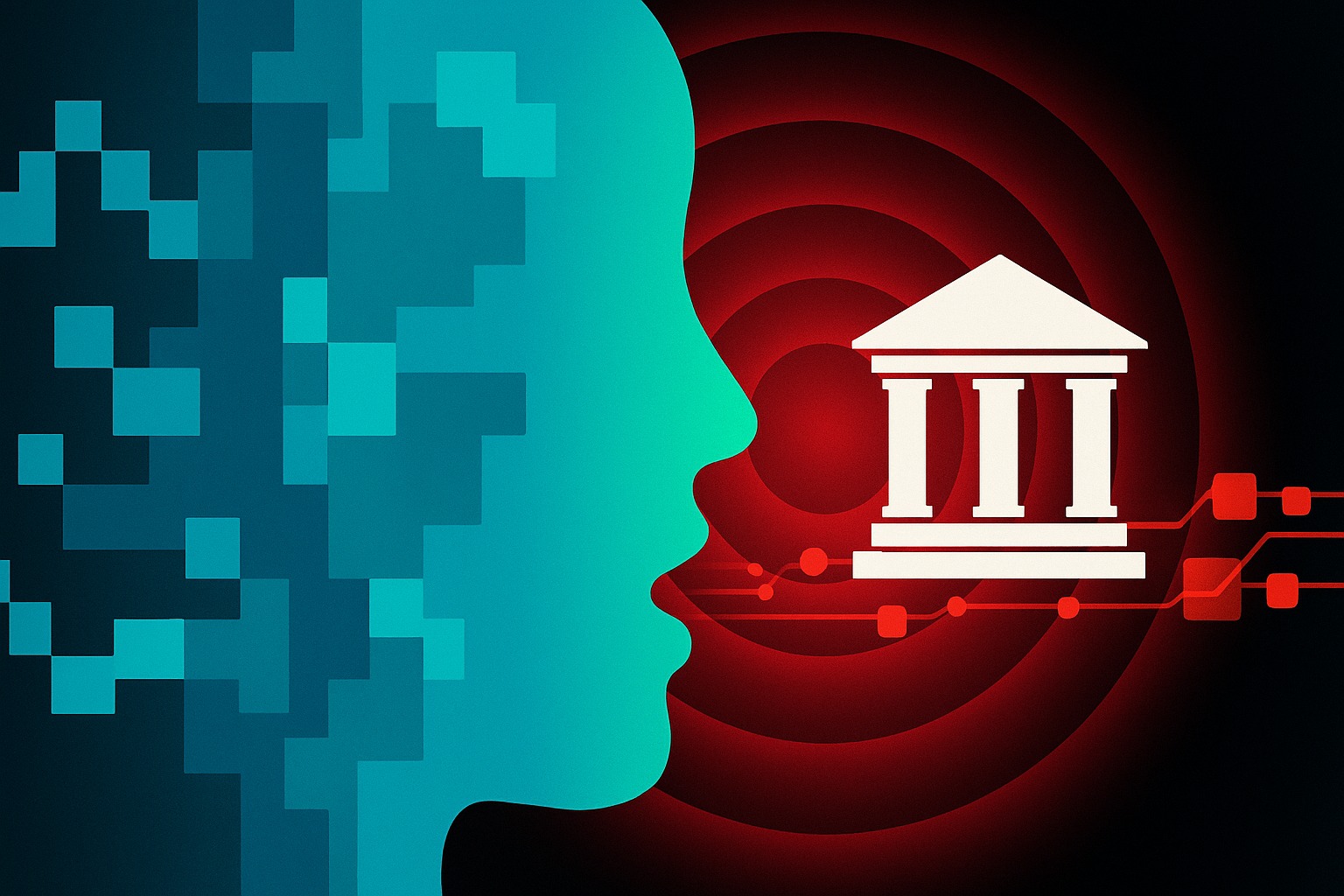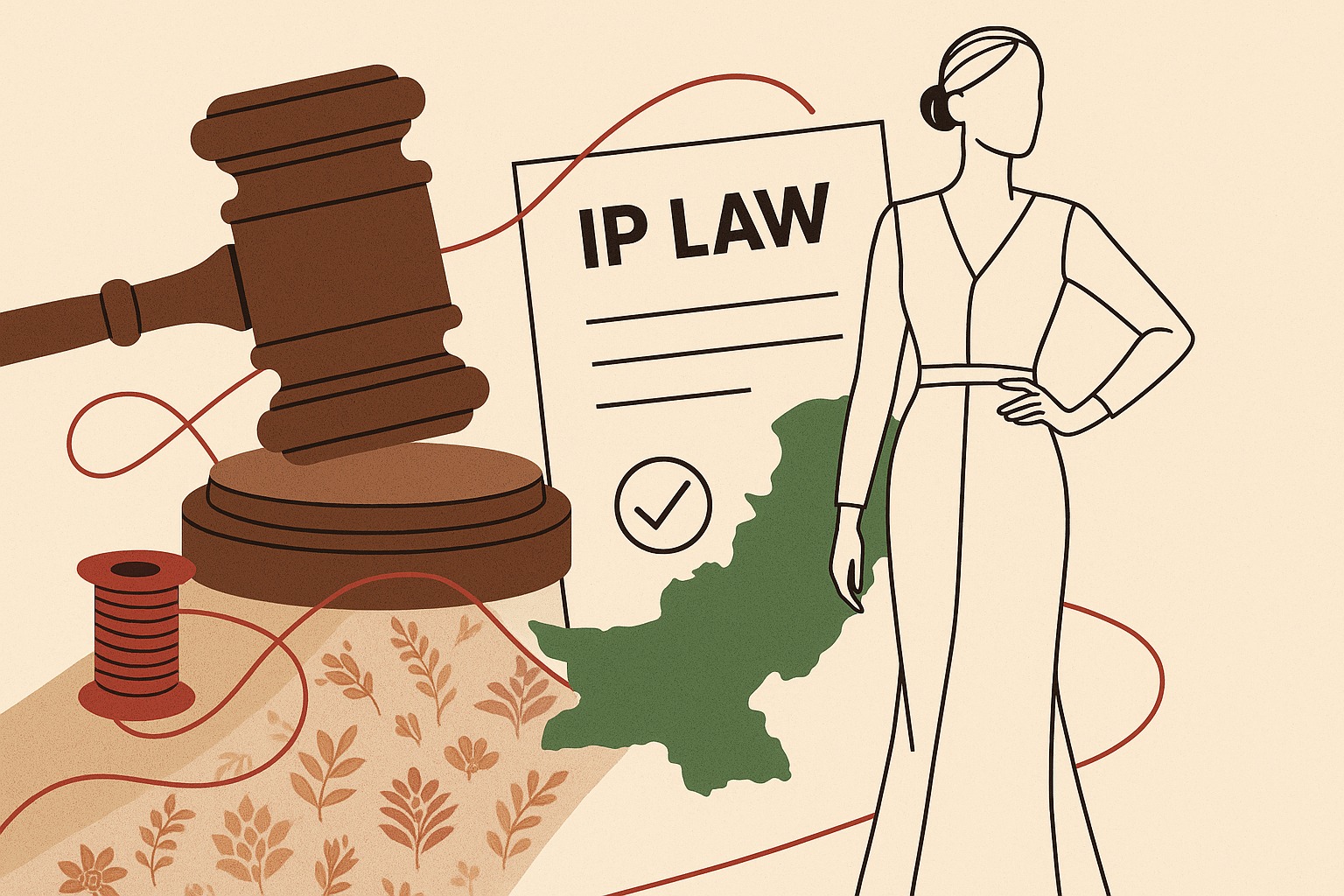
In a groundbreaking courtroom moment in Arizona, the family of Christopher Pelkey, a U.S. Army veteran killed in a 2021 road rage incident, utilized artificial intelligence to create a video of him delivering a victim impact statement during the sentencing of his killer, Gabriel Paul Horcasitas. The AI-generated video, developed by Pelkey’s family, featured a lifelike avatar expressing forgiveness towards Horcasitas. This unprecedented use of AI in a U.S. courtroom has sparked significant legal and ethical debates.
While the intention was to humanize the victim and provide a sense of closure, the incorporation of AI-generated statements in legal proceedings raises concerns about the right to a fair trial. The emotional impact of such videos could unduly influence judicial decisions, potentially compromising the objectivity required in sentencing. Legal experts caution that AI-generated content, lacking the capacity for cross-examination and verification, may not meet the evidentiary standards traditionally upheld in courts. That right is now at risk of being overshadowed by a tool that, while innovative, lacks credibility, reliability, and legal standing in the realm of admissible evidence. AI may mimic tone, expression, and speech, but it does not produce evidence it produces an illusion. A statement rendered by a machine trained on historical data cannot be cross-examined, its accuracy cannot be verified, and its emotional inferences cannot be challenged. In essence, it is not a witness, but a well-polished guess.
Using such speculative digital reconstructions as evidence in a court of law is not just premature it is dangerous. It opens the door to potential manipulation, deepfakes, and a collapse of the evidentiary standards that shield the innocent from false accusations. This is particularly alarming in countries like Pakistan, where forensic safeguards, regulatory frameworks for AI, and digital integrity mechanisms are still evolving. To convict someone based on AI-generated statements from the deceased is to replace the principle of “beyond reasonable doubt” with “beyond digital doubt.” It undermines centuries of legal tradition that demand truth be established through credible, testable, and lawful means.
This case underscores the need for clear guidelines and regulations governing the use of AI in legal settings. As technology continues to evolve, it is imperative to balance innovation with the fundamental principles of justice, ensuring that advancements do not erode the rights of the accused or the integrity of the legal system. The solution lies not in banning innovation but in regulating its role in justice. AI can assist investigations, but it must not replace witnesses. It can support analysis, but must not determine guilt. Until there are internationally accepted standards for the admissibility and reliability of AI-generated content, such material should remain inadmissible in criminal proceedings. Justice must be built on truth not algorithms

In civilized societies, the moral compass of citizens often aligns closely with the law. People follow rules not because they fear punishment, but because they genuinely believe in the ethical value behind those rules. In such systems, natural law and moral obligation are often sufficient to ensure social harmony. But in many developing countries, including Pakistan, morality alone fails to guide public behavior. What fills the gap? The answer lies in John Austin’s theory of law, where laws are not truly laws unless backed by sanctions.
Read More
In a groundbreaking courtroom moment in Arizona, the family of Christopher Pelkey, a U.S. Army veteran killed in a 2021 road rage incident, utilized artificial intelligence to create a video of him delivering a victim impact statement during the sentencing of his killer, Gabriel Paul Horcasitas. The AI-generated video, developed by Pelkey’s family, featured a lifelike avatar expressing forgiveness towards Horcasitas. This unprecedented use of AI in a U.S. courtroom has sparked significant legal and ethical debates.
Read More
Pakistan’s fashion industry is one of its most visible cultural exports, yet it remains one of the least protected under the law. Despite the explosion of talent and textile innovation, our designers continue to face rampant plagiarism, counterfeit markets, and an alarming lack of legal recourse. It is time we recognize fashion law not as a luxury, but as a necessity. Globally, countries like the United States protect fashion through a patchwork of intellectual property (IP) rights, trademarks, copyrights, and design patents.
Read More